Are you sure that your essential oil is free from adulteration and safe to use? Whether you are an aromatherapy practitioner, owner of a cosmetic business, or love to use essential oils at home, it is important to get essential oil quality testing from an authorised laboratory.
Primarily essential oils are aromatic liquids extracted from plant materials like seeds, flowers, buds, leaves, twigs, bark, fruits and roots. The extracts of aromatic and medicinal plants have therapeutic properties to heal ample health issues as it is antibacterial, antifungal, fights bacteria and a wide range of microbial pathogens. The different chemicals in plants like ketones, phenols, esters and aldehydes gives mesmerising and natural fragrance to essential oils.
The chemical composition of an essential oil may vary within the same plant species and is unique to the botanical genus/species, chemotype and plant part from which it is derived.
The International Organization for Standardization (ISO) defines an essential oil as a product manufactured by either water- or vapour distillation, by mechanical processing of citrus rinds or by dry distillation.
Significantly, essential oils are used for medical purposes and they must meet the Pharmacopoeias standards for quality. Natural identical oils are only approved by Pharmacopoeia when it comes to mono-substances like vanillin, thymol or camphor.
According to ISO/TC 54 standard, essential oils must be generally natural and pure, this is why labels on essential oil do not ensure good quality of the oil. Adulteration, contamination, incorrect oil production and aging shows that the essential oil is of low quality.
Adulteration in essential oils
- Adding of single raw materials,
- By adding cheaper essential oils of the same plant but from a different geographical location,
- Mixing cheap synthetic compounds (identical to natural) isolated from other oils.
- Individual synthetic substances to oils and aromatic raw ingredients.
- Labelling one essential oil as another
Essential oil purity testing methods
Here are few testing methods for analysis of essential oils;
Instrumental Testing: Optical Rotation
Polarimeter is used to measure the degree of rotation by passing monochromatic light through the first of two polarizing plates while creating a polarized beam. This beam is then rotated as it passes through the sample. After passing through the sample, a second polarizer (analyzer) rotates. When the analyzer is rotated such that all the light or no light can pass through, the angle of rotation is determined.
Instrumental Testing: Gas Chromatography (GC)
Gas chromatography (GC) has been a key tool in characterization and purity evaluation of essential oils. The principle of GC operation is chromatographic separation of volatile components of the essential oil into individual peaks to create a unique, fingerprint-like, chemical composition profile. Mass Spectrometry (MS) detector allows identification of each of these components using their nominal masses and determines their percentages.
The GC-MS component profile is the best way to detect whether an oil is from the correct genus/species, of inferior quality, or if it is adulterated or contaminated with other, less expensive essential oils, fragrance compounds, plasticizers, or other unwanted components.
Essential oils can be easily contaminated with heavy metals from the environment (soil, water, or air) during plant growth and the manufacturing processes. The heavy metals are then detected and quantified at nanogram levels by the mass spectrometer.
Pesticide Residue Analysis
During essential oil extraction it is likely that pesticide residues can be co-extracted. As essential oils are quite concentrated it might be present in the oil at high concentrations. Liquid Chromatography Tandem Mass Spectrometer (LC-MS/MS) and Gas Chromatography Tandem Mass Spectrometer (GC-MS/MS) method ensures the quality of essential oils.
Organoleptic Evaluation
A trained essential oil analyst can notice even slight variances in odors with a sense of smell and can immediately detect a quality problem with an oil before proceeding with more sophisticated analytical tests. Despite several advanced analytical techniques, organoleptic evaluation with an expert has always been an authentic method to test the purity of essential oils.
Essential oil purity test at home
Test your essential oil at home with a piece of blank paper by covering the surface with wax paper to protect it from leaking through the paper.
- Put one drop of oil on the paper. In case there is no dropper, you can use the eraser of a pencil. Just dip the eraser into the bottle and let the oil drip onto the paper from there, or gently touch the eraser to the paper to let the oil come on it.
- If you’re testing multiple oils, it might help to label each one so you remember where it is on the paper.
- Let the oil dry in 30-45 minutes depending on how much oil you have on the paper. Check after 30 minutes, and if there’s still some liquid on the paper, allow another 15 minutes to dry.
- Check the places where you dropped the oil for a leftover ring of oil or grease. If there is a ring present, that means that the oil has been diluted with another substance and is less pure. If you can’t see a ring, try touching the paper with your finger lightly. If it’s completely dry and you don’t feel any oil or grease on your finger, your oil is likely to be pure.
Some oils that are darker in color will leave a slight tint, but the paper should not be oily or greasy once completely dry. Oils such as sandalwood, patchouli, and German chamomile will leave a tint but not an oily ring.
Why choose us for lab testing of essential oils
We provide essential oil testing services at our labs located in New Delhi, Himachal Pradesh, Haryana and Karnataka. We are FSSAI notified and NABL accredited labs. Our specialist in essential oil analysis and authentication will give you quick results. Contact us to get an accurate essential oil test report.
|
Material Test
|
Tests Performe |
Test Method
|
|
Tooth Paste |
Homogeneity |
IS: 6356-1993 |
|
|
Stability |
|
|
|
Tube Inertness |
|
|
|
Hard and sharp edged particle |
|
|
|
Spreadibility |
|
|
|
Fineness/Sieve analysis |
|
|
|
pH of aqueous solution |
|
|
|
Heavy metals (Lead) |
|
|
|
Arsenic |
|
|
|
Foaming power |
|
|
|
Fluoride |
|
|
Tooth Powder |
Moisture & volatiles |
IS: 5383-1978 |
|
|
Hard and sharp edged particle |
|
|
|
Sieve analysis |
|
|
|
Foaming power |
|
|
|
pH of aqueous solution |
|
|
|
Heavy metals (Lead) |
|
|
|
Arsenic |
|
|
Shaving Cream |
Consistency |
IS: 9740-1981(Reaff: 2006) |
|
|
Homogeneity |
|
|
|
Stability |
|
|
|
Effect on container |
|
|
|
Total fatty matter |
|
|
|
Water content |
|
|
|
Foaming power |
|
|
|
Free caustic alkalinity |
|
|
|
|
|
FAQ
1. How long will the test take?
The essential oil testing takes around 7 days from the day the sample is collected
2. What is the sample quantity required?
It entirely depends on the sample
3. How can we send a sample for testing?
Our lab personnel will pick up the sample from your location or you can send your sample to our laboratory.
4. Is the lab accredited for this test?
The laboratory is accredited by (NABL) National Accreditation Board for Testing and Calibration (ISO/IEC 17025:2005) and ISO 9001:2008 Certified analytical laboratory .




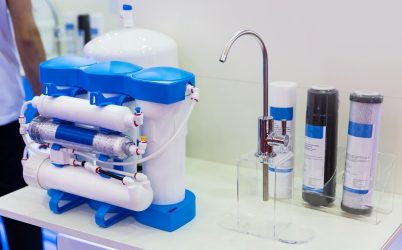

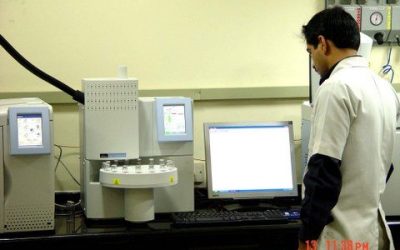

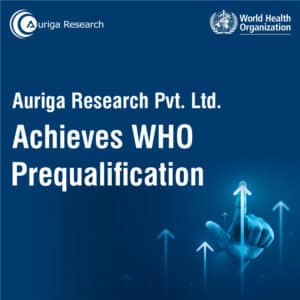


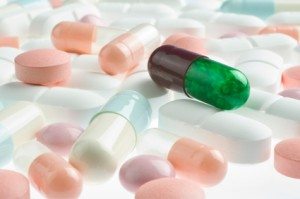
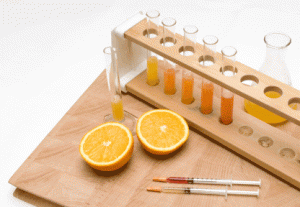

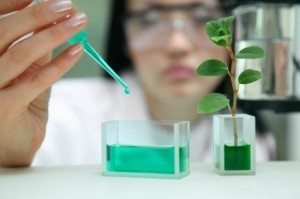


3 Responses
1- I have one sample essential oil isolated from plants I would like to do GC-ms for compounds identification
2- i have pkant powder i need do HS-SPAM for oil isolated and composition identification
So these two services are available?
I want to Test Agarwood Oil Quality
Dear Mohidul,
Thank you for your inquiry regarding testing Agarwood oil quality. Your request has been forwarded to our sales team for immediate attention. They will reach out to you shortly via email to address your concerns.
Should you have any urgent matters or further questions, please feel free to contact us directly at +91-8588851888.